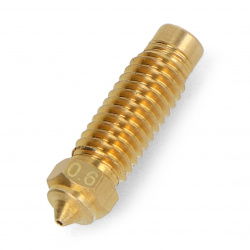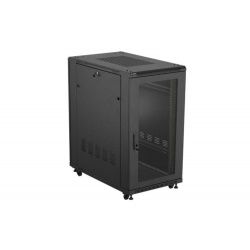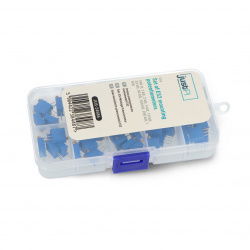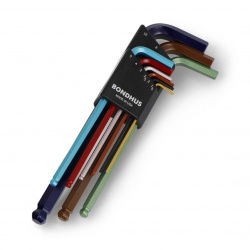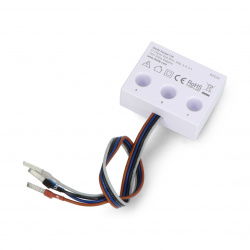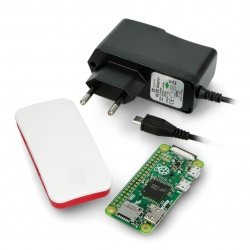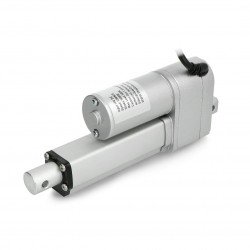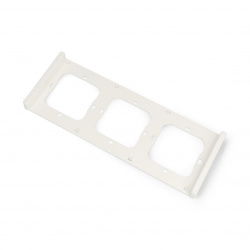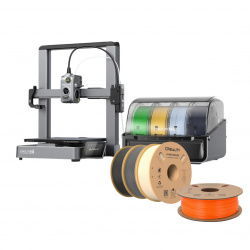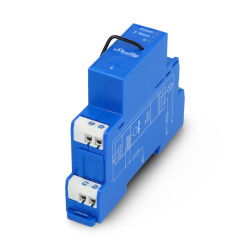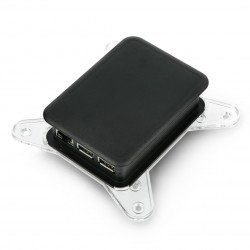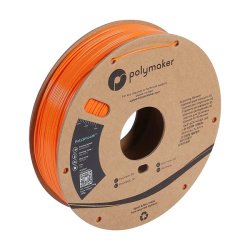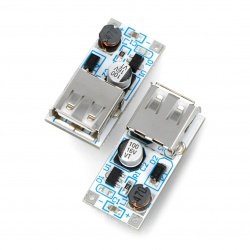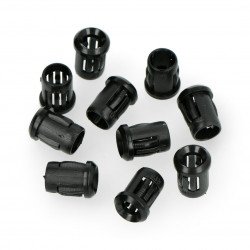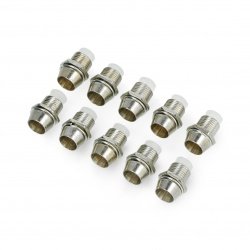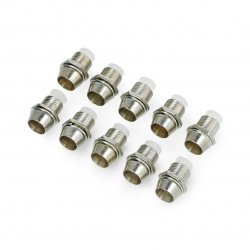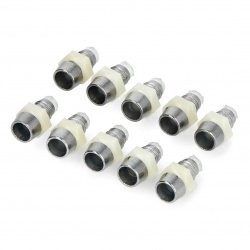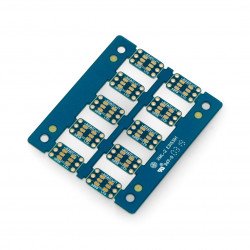LED lamp holders – which ones to choose? (LED diameter and other parameters)
The basic division of LED lamp holders is based on:
- diode size (diameter of its housing),
- the material from which the frame was made,
- how to mount it in a panel or on a printed circuit board.
The most common frames are adapted to round, through-hole LEDs with diameters of 3 mm and 5 mm. In terms of the materials from which the frames are made, they can be divided into metal and plastic, most often nylon. In the case of plastic frames, the most common installation method is to press the frame into a properly prepared hole in the housing, although there are also screw-on versions.
Some frames have latches that prevent them from falling out of the hole in the panel, others - shorter ones - do not have these elements. Metal frames, on the other hand, are most often equipped with a nut and a spring washer, which prevents the frame from loosening spontaneously as a result of housing vibrations or simply the passage of time. There are various types of frames available on the market (e.g. closed with clamps).
Lampholders for mounting on printed circuit boards (LED lampholder)
LED holders, which are placed not so much in the housing panel but on the printed circuit board itself, have a different design and purpose. They most often take the form of a cylinder with a diameter corresponding to the size of the diode, with two holes (the same diameter of the mounting hole) through which the diode leads should be placed before soldering it to the board.
The purpose of spacer sleeves is to determine the distance of the LED from the surface of the printed circuit board, which is important, for example, when we mount a line of several diodes and we want to obtain equal distances from the board and the angle in relation to its surface. A special type of LED holders used on PCBs are angular holders - they facilitate the placement of diodes whose direction of illumination is to be parallel to the surface of the board.
Such frames are often sold together with LED diodes placed in them. For obvious reasons, such frames cannot be made of metal - the most common versions are nylon ones, which provide the necessary insulation for the diode leads.
Installation of SMD LEDs
In the case of SMD diodes, the matter is a bit more complicated - they cannot be placed directly next to the casing panel and connected with wires as we do with classic THT diodes.
Due to the small dimensions of the elements, there are no holders for SMD LEDs. In such cases, printed circuit boards come to the rescue in the form of small adapters, adjusted in spacing and number of pins to the most popular sizes of SMD diodes. Our offer includes prototype boards for SMD5050 LEDs - ideal, for example, for connecting single, three-color WS2812 digital diodes. Thanks to them, the final product looks professional.
Additionally, in the electronics category, we offer a wide selection of passive components , memory cards and disks , microcontrollers and much more.
Botland.pl store - the best selection of robotics and electronics
You don't know which LED to choose? Are you interested in a specific version of the LED lamp holder made of plastic? Do you want to protect an energy-saving light source against external factors? We encourage you to contact our advisors via the contact form, e-mail or telephone.
Botland store – professional advice, a wide selection of products available immediately and secure online payments. Check out our attractive offer.






























































































































































































































































































































